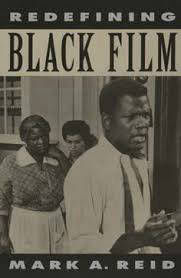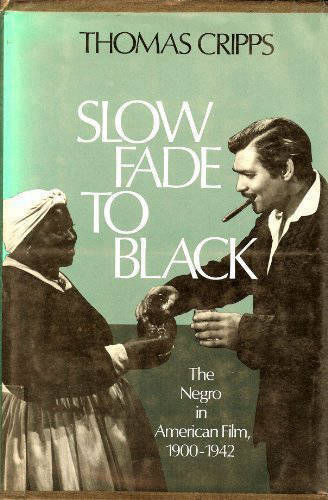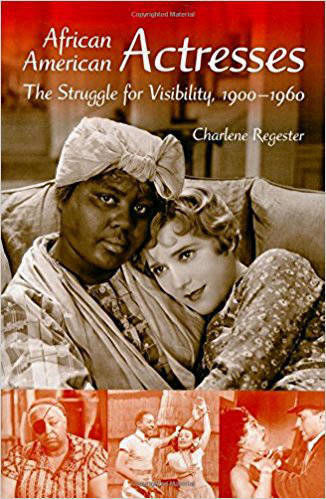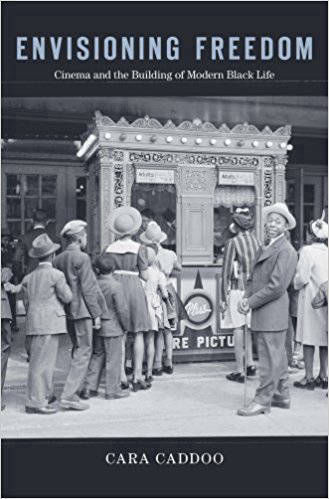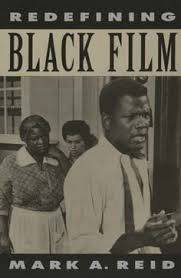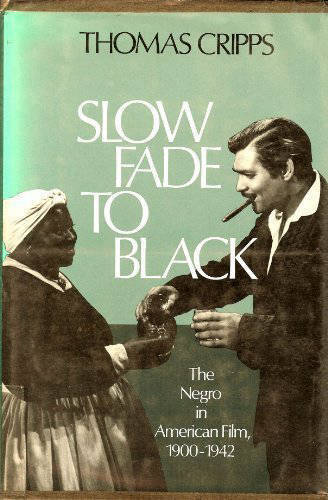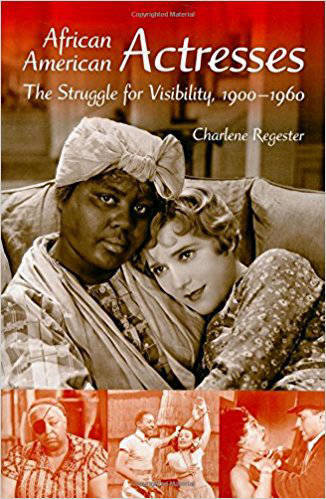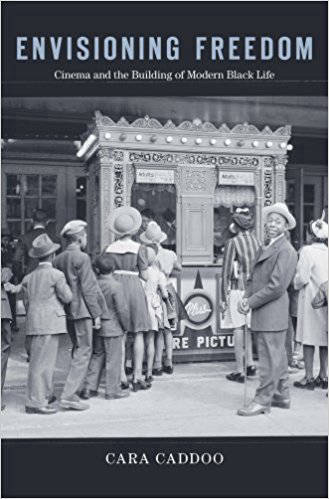The George P. Johnson Negro Film Collection is part of UCLA’s Special Collections at the UCLA Young E. Research Library. The collection that was donated to UCLA contains about 71 boxes with material related to African Americans in the U.S. film industry. George Perry Johnson (1885-1977) was a writer, producer and distributor for the Lincoln Motion Picture Company, which he founded with his brother, renowned Black actor Noble Johnson. He was also a founder and manager of the Pacific Coast News Bureau that disseminated Negro news of national importance (1923-1927).
Some of the items in the collection include: Production documents from Johnson’s company, documents related to Noble Johnson, newspaper and magazine clippings collected by George P. Johnson, from many years and many films. The focus of these materials include those that relate to early Black films, early Black film companies, films with Black casts, as well as other notable Black figures (musicians, sports figures, entertainers, etc.) Jotting down notes and keeping meticulous records of any instances he heard of that had anything to do with black film, Johnson curated this extensive archival resource to be used for many years to come.
Our team spent two sessions at UCLA Archives and Special Collections, personally going through the boxes of George P. Johnson’s collection by hand. We noted any mentions of films, actors/actresses, production companies, directors, etc. that fit under our criteria of “race film” and we entered such information in our database. We also took photos of any primary sources within the collection that we thought were significant to add to our project.

